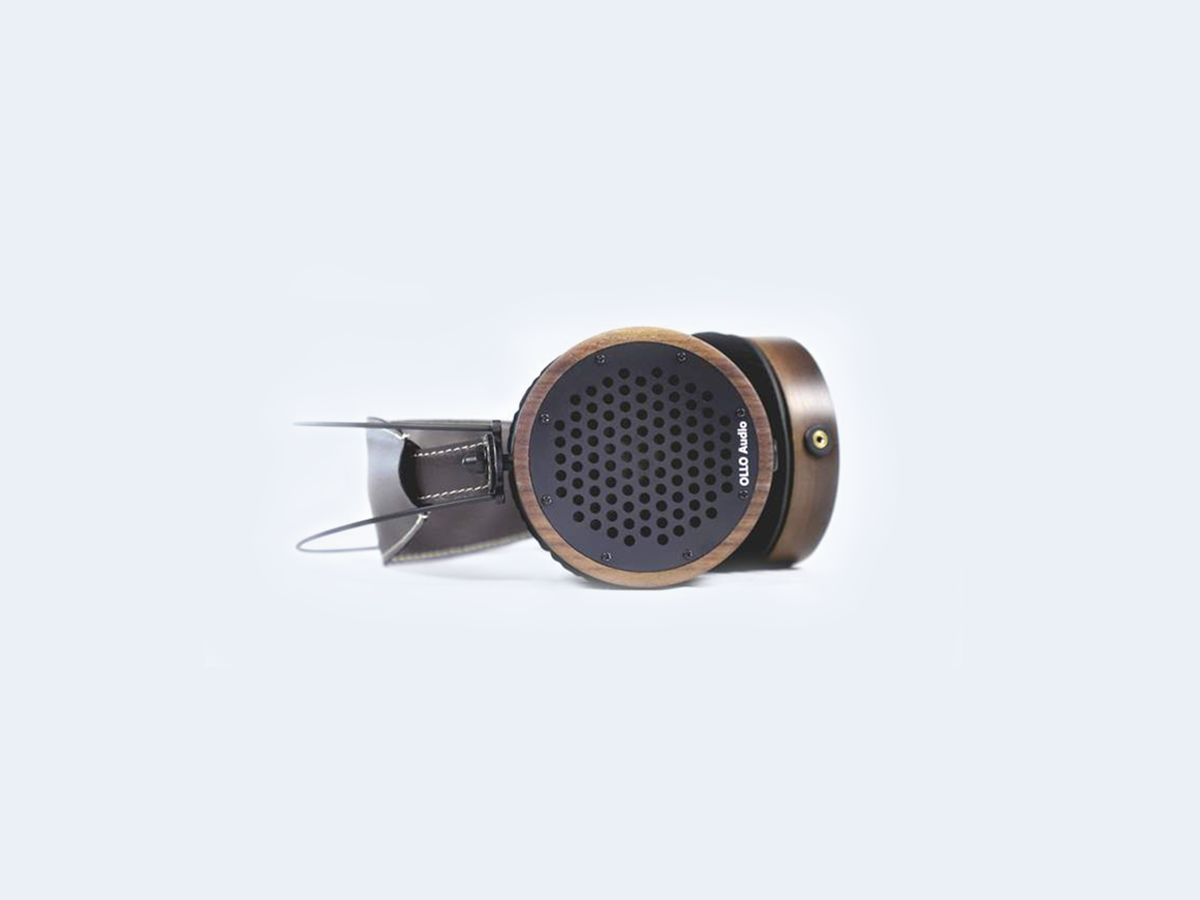

It’s a 64-bit Linux-native VST, in beta form.

Linux is officially unsupported, but you can easily calibrate on Windows (or Mac) and then use the calibration profile on Linux. But that’s of course exactly what you’d expect to happen. You only notice the calibration stops working if you have the wrong calibration profile selected or you make the mistake of bouncing audio with it left on (oops). It’s not as though the calibration suddenly stops working when you move around.

But a lot of what Sonarworks Reference is doing is about frequency response as much as space, I found it was still useful to leave the calibration on even when wandering around my studio space.

You’re calibrating for the sweet spot in your studio, so from a calibration perspective, yeah, you do want to sit in that location when monitoring – just as you always would. This is a harder question, actually, but anecdotally, yeah, I still left it on. It’s just a tool.ĭoes it work when outside of the sweet spot in the studio? It doesn’t eliminate the role of human experts, not by a long shot – but then color calibration in graphics didn’t get rid of the need for designers and people who know how to operate the printing press, either. But my sense in general is that automated calibration has become a fact of life for production and live situations. That’s my own personal experience, anyway I linked some full reviews and comparisons with other products in the original story. It feels a little bit like how I feel when I clean my eyeglasses. I found it instantly easier to mix both on headphones and sitting in the studio, in that you hear far more consistency from one listening environment / device to another, and in that you get a clearer sense of the mix. Readers have been sending in questions, so I’ll answer as many as I can as accurately as possible. If you’re interested in the product, there’s also a special bundle discount on now: you get the True-Fi mobile app for calibration on your mobile device, free with a Sonarworks Studio Edition purchase (usually US$79): And so that means in part answering some questions with Sonarworks engineers. What it’s like calibrating headphones and monitors with Sonarworks toolsĬDM is partnering with Sonarworks to help users better understand how to use the tool to their benefit. Here’s our previous write-up, produced in cooperation with Sonarworks: Some good questions came up in our last story on Sonarworks Reference, the automated calibration tool, so we’ve gotten answers for you.įirst, if you’re just joining us, Sonarworks Reference is a tool for automatically calibrating your studio listening environment and headphones so that the sound you hear is as uncolored as possible – more consistent with the source material. If getting your headphones and studio monitors calibrated sounds like a good New Years’ Resolution, we’ve got you covered.


 0 kommentar(er)
0 kommentar(er)
